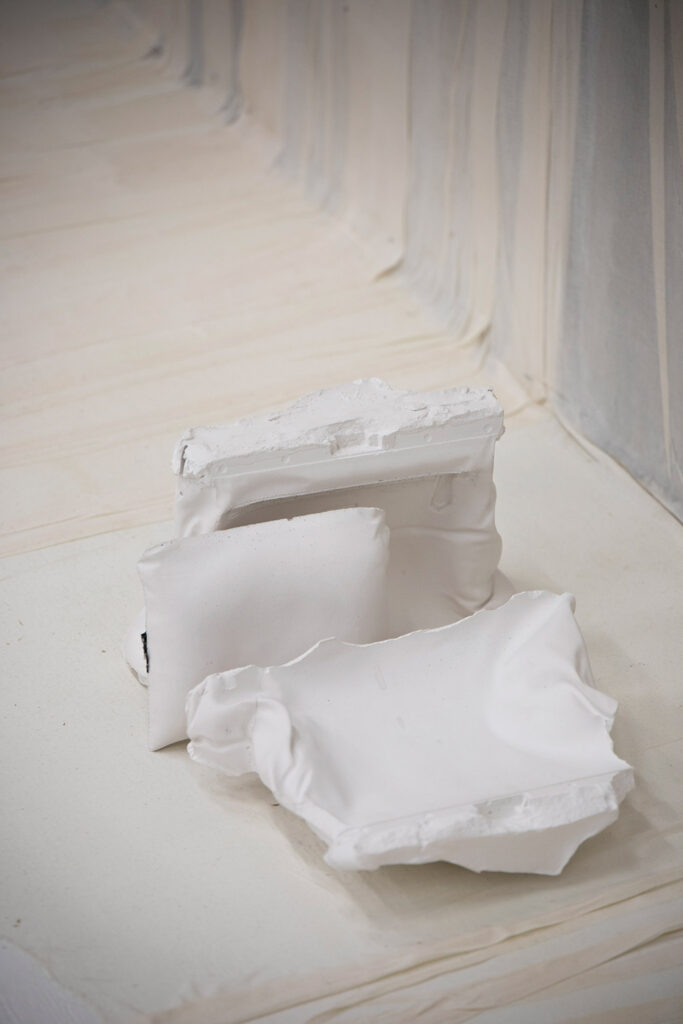A warm breeze rustles the palm trees that line the golden sand of Miami Beach. It’s late November, but the balmy weather presents no indication that winter is right around the corner. In a few days, the already bustling streets will be packed with the biggest celebrities, influencers, and creative minds.
From November 29th to December 4th, Miami becomes the centre of the art world. Dozens of international art fairs, pop-ups, festivals, parties, and installations spring to life around the city, attracting tens of thousands of art lovers.

Amongst the many popular attractions stands Design Miami, an acclaimed and international collectible design fair. The exhibit, which was founded in 2005 and also has stops in Basel and Shanghai, strives to bring a mix of design culture and commerce to its visitors.
Celebrating its 18th year in Miami and curated by Maria Cristina Didero, the theme of this year’s fair was “The Golden Age”, which Didero describes as a metaphorical concept shared across cultures through time and space. Depending on the artist’s inspiration and interpretation, “The Golden Age” can pay homage to the past or cast hope into the future.
Lukas Gschwandtner, a Vienna-based artist with a penchant for leather craftsmanship was inspired by the former. His piece called Triclinium, consists of wearable canvas and was designed in collaboration with exhibit sponsor FENDI.
“I like [Gschwandtner’s] work,” explains Silvia Venturini Fendi, creative director of the eponymous brand. “[It’s] very minimal, but very rich in meaning, and I was curious to see how he would interpret his own vision and merge it with the FENDI vision.”

Gschwandtner proposed “Triclinium,” named for the arrangement of three chaise longues chairs into three sides of a rectangle, as an homage to the brand’s Roman heritage while also allowing him the freedom to remain true to his style of work.
The piece is an iteration of his series Pillow Portraits, which he first created in 2021 by collecting historical references of women reclining on chaises longues and studying their postures, behaviours, and gestures as they interact with the furniture. Gschwandtner’s inspirations include Titian’s famous oil painting “Venus of Urbino,” and “Sleeping Ariadne”.
“[Triclinium] is not inspired by a particular collection or by a logo,…. [Gschwandtner] took so many elements out of our brand DNA,” explains Venturini Fendi. “And the overall impression is a pureness and cleanness to the project.“


Beyond the historical references, Gschwandtner, stepped outside of his comfort zone using silk and canvas —two materials integral to FENDI fashion— in his designs. “I’ve always wanted to work with silk. I know it’s the hardest material to work with. But I still wanted to try,” he says. “I wanted to apply my craftsmanship from previous experience to silk.”
Gschwandtner draped the entire installation in a canvas typically used by FENDI for prototyping, and the chaises longues were also created with both canvas and silk. The space is finished with a FENDI Peekaboo bag that Gschwandtner filled with plaster and cut to reveal its inner construction. He then used those deconstructed plaster-filled pieces as little sculptures and displayed them throughout the booth. It was a risk, but Gschwandtner says the FENDI team gave him full creative control, something he was extremely grateful for.
“FENDI is so iconic. I love the family tradition. I love the women there. They’re all so powerful. It’s been beautiful to get to know them, and to understand their language. And to give me a platform like this is very generous,” Gschwandtner says.
Perhaps the trust comes from FENDI’s storied past of design collaboration. The luxury house has been supporting creativity and design through a partnership with Design Miami since 2008.
Since then, it’s been an annual contributor to the fair, collaborating with all types of creators from German multi-disciplinary artist Sebastian Neeb to Italian-based design duo Dimore Studio and, more recently, Mabeo —the furniture and accessories brand and associated design studio from Botswana, Africa.

“Design and fashion are very similar because they have the common root that they have to respond to function,” explains Venturini Fendi. “So, you apply both aesthetic and functionality in each project.”
To cap off the week’s design celebrations, FENDI opened its first North American FENDI Casa store. Located in Miami’s Design District, the store features the house’s home décor and lifestyle accessories collection, designed under the creative direction of Venturini Fendi and her daughter, Delfina Delettrez Fendi, who is the brand’s artistic director of jewellery.
The store is imbued with FENDI’s signature refined yet modern aesthetic, and features furniture, tableware, and lifestyle accessories all created with the highest quality materials. Visitors will find the iconic FENDI logo and colours artfully incorporated into pieces throughout the collection.
To celebrate the launch of FENDI Casa Miami, Gschwandtner created a small window installation similar to his Triclinium exhibit.
Photos courtesy of FENDI; photographed by Robin Hill.

